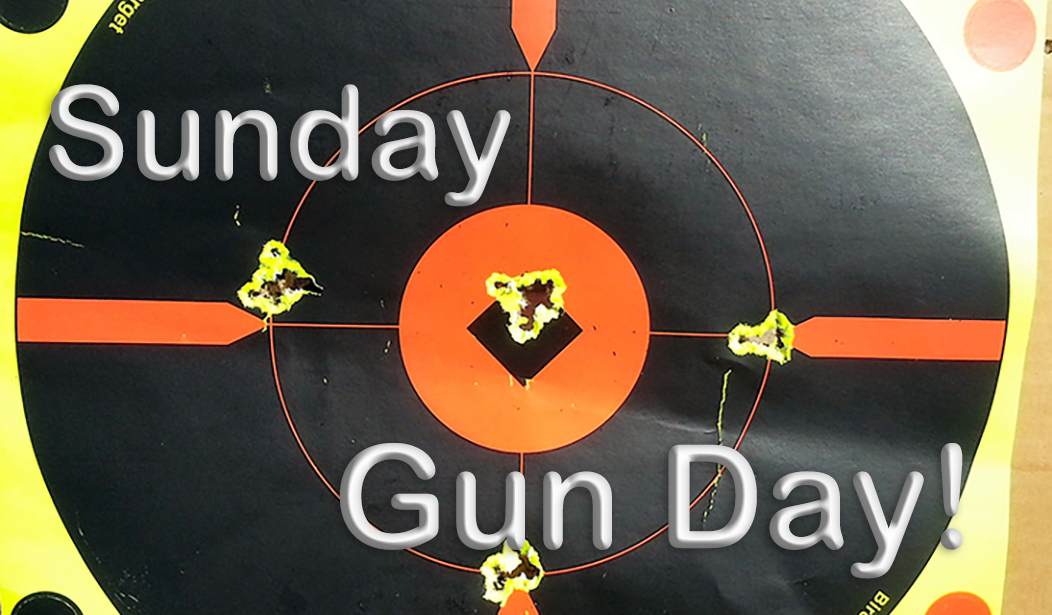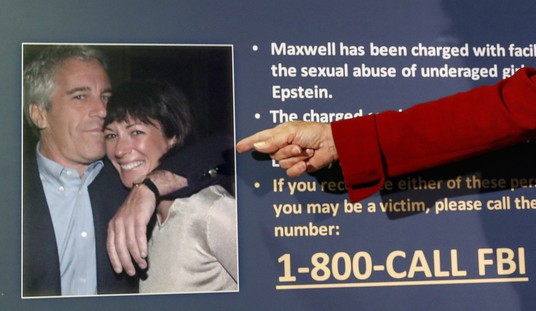From Sweden to America
This tale begins in 1866 in Svanskog, Sweden, with the birth of a baby boy whose parents named him Oscar—Oscar Fredrick Mossberg. It’s a name that should be familiar to any American shooter, as the brand name for guns that aren’t fancy but reliable and tough. While Mossberg is best known for shotguns, especially the immortal slide-action Model 500 series, they also make rimfire and centerfire rifles and handguns. In fact, the company’s first marketed firearm was a handgun.
But it’s a long, interesting story that brought the young Mossberg to the United States in 1886, got him involved in the gun trade, and led to his founding one of the best-known American gun companies – and one that is still all-American and family-owned to this day.
So let’s cast our optics back to 1886 when the young Oscar Mossberg set foot in the New World.
His Origins
Not much is known about Mossberg during the 20 years he lived in Sweden. We do know that upon arriving in the United States, he went to work for (of course) a gun company, that being the Iver Johnson Arms & Cycle Works. There, young Oscar Mossberg was a supervisor overseeing the production of revolvers and shotguns. He also started dipping his toes in gun design, coming away with a patent for a new top-latch mechanism for Iver Johnson’s “safety revolver.”
Later, Mossberg moved on to the defunct Shattuck Arms company in Massachusetts, in those days a friendlier location for gunmakers. That company made revolvers and double-barreled shotguns. Mossberg didn’t dally there, though, and in time, he went to work for J. Stevens Arms & Tool, where he dove back into design. His first effort was a four-shot pistol, which he patented in his own name; with that patent in hand, he started cranking out these four-shot Mossberg pistols in his barn. They made 500 or so between 1907 and 1909. That pistol would be known as the “Brownie.”
See Related: Sunday Gun Day Vol. II Ep. XXV - How One Mormon Gunsmith Changed the World
Then, the Great War came, and Mossberg took a job with Marlin-Rockwell, who was making machine guns. But then, in 1919, with the Great War over, 53-year-old Oscar Mossberg found himself jobless. But he wasn’t without pluck and determination; he gathered up his sons Iver and Harold, moved to New Haven, Connecticut, and started their own company, O.F. Mossberg & Sons, which remains the formal name of that company today.
That’s when Mossberg started as a designer and manufacturer.
His Company’s Designs
Mossberg the company grew quickly. In the post-Great War years and later, during the Depression, the market for reliable but inexpensive sporting arms was considerable, and that’s what Mossberg did and does do best. Starting with the four-shot “Brownie” pocket pistol, Mossberg went on to develop and produce a number of .22 rimfire rifles. The company expanded into a second, then a third factory in New Haven.
In 1937, disaster struck: Old Oscar Mossberg died, aged 71. His son Harold took over management of O.F. Mossberg & Sons, and led the company during World War 2 when they built parts for the Ma Deuce (M2) .50 caliber machine gun as well as for Britain’s #4 Short Magazine Lee-Enfield (SMLE.) After the war, the civilian market was doing well, prompting a move into a larger factory in nearby North Haven.
The company’s history includes rifles starting with slide-action and bolt-action .22 rifles, moving on to semi-autos. My mother presented my father with one of the semi-autos for their third wedding anniversary, a Model 151K, which was only made in 1950 and 1951. That was the rifle I learned to shoot with, and probably took a garage-sized pile of squirrels and rabbits with it. I still own it, and it’s still a tack-driver.
Then, in 1961, Mossberg’s most famous and most significant gun hit the market.The Model 500
The crowning achievement of Mossberg is certainly the Model 500, designed by Mossberg engineer Carl Benson. The new gun was introduced in August of 1961, making the Model 500 two months older than me. It was a pretty standard pump-gun design but for two things: A forged aluminum receiver and a locking lug on the bolt that locked into a steel extension on the barrel. That barrel could be removed in a manner of seconds and replaced with another, making the Model 500 not only affordable, light, and reliable, but also versatile.
See Related: Sunday Gun Day Vol. II Ep. XVIII - the First Pump Shotgun Was NOT a Winchester
Marketed at an entry-level price for entry-level shooters, the 500 rapidly took off. To date, over 10 million have been built, and they have been used not only by hunters and recreational shooters but also by police departments and the military, most often in the extended-magazine Model 590 version. The Model 500 is, like the AR-15, endlessly accessorizeable; not only are the barrels easily and quickly exchanged, but there are huge varieties of barrels, stocks, fore-ends, optical mounts, heat shields, and even bayonet lugs available, all of which contributes to the gun’s popularity.
Today
Mossberg is still an all-American company. It’s still family-owned, in fact, Mossberg is the oldest family-owned gun manufacturer in the United States. It still produces great guns, not the fanciest, but solid, reliable, and nearly indestructible. A look at online access sites like Gunbroker is a testament to the longevity of Mossberg's arms, as there are generally many available, still serviceable, and in good condition, dating back to before World War 2.
In 2019, the Mossberg company celebrated its centennial.
Mossberg celebrates 100 years in business. Through it all, the company has remained family-owned, family-operated, and totally committed to offering “more gun for the money” with the most innovative, reliable firearms on the market.
Mossberg is a great all-American gunmaker. They have survived the ups and downs of the business for many decades by making not the fanciest but some of the best, and what’s more, some of the most. If you want a good shotgun, or a .22 rifle, or these days, a big-game rifle or a semi-auto handgun, you can’t really go wrong with a Mossberg product. I have two: a 20-gauge New Haven 600 (the plainer version of the Model 500) my parents gave me for my 14th birthday, and a 12-gauge Model 500 that I bought when I was 19, which is on its third stock and fore-end set. I have killed more game and birds with that Mossberg 500 than will all my other guns combined, mostly because I’ve had it for so long, and for many years, it was my only shotgun, aside from its 20-gauge cousin. These days, it stays handy around our Alaska homestead, with an 18” cylinder-bore barrel installed and the magazine stuffed with 00 buckshot loads in the event a bear or moose gets fractious. As old and weather-beaten as it is, I can grab it with full confidence that it will function properly and put those 00 buckshot where I want them to go – and that’s the best thing about Mossberg guns.














